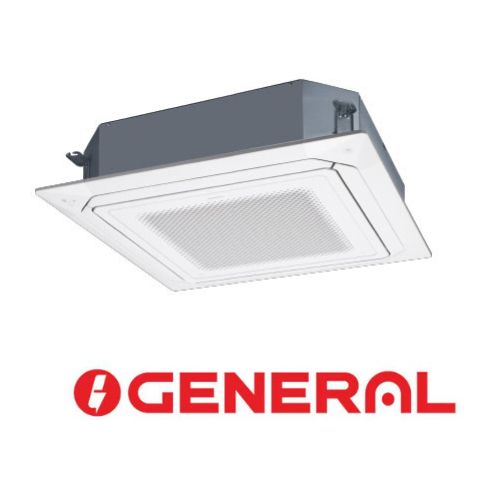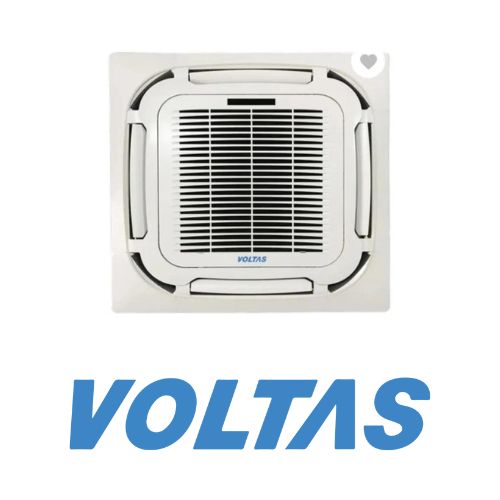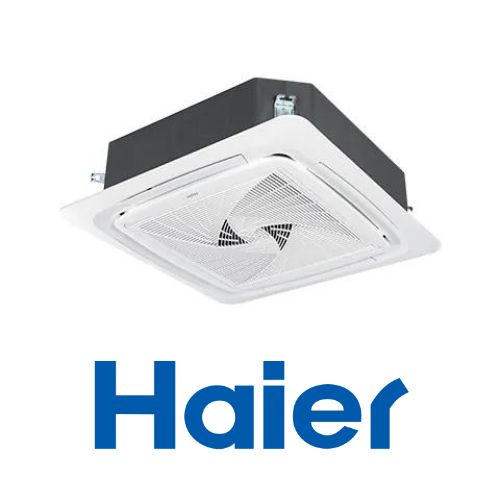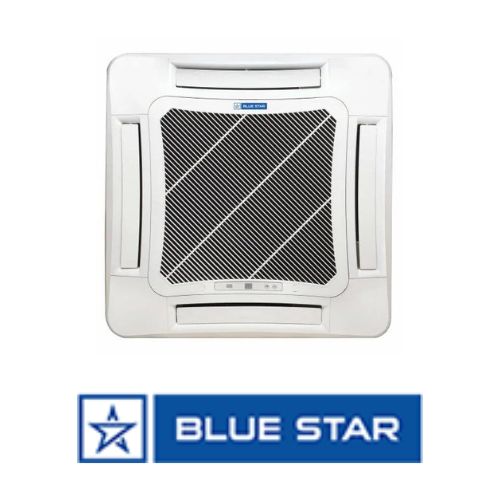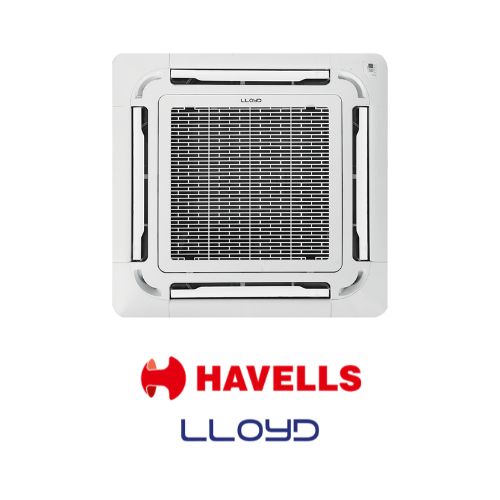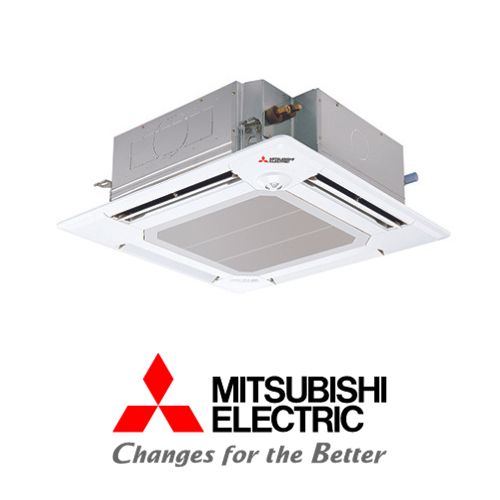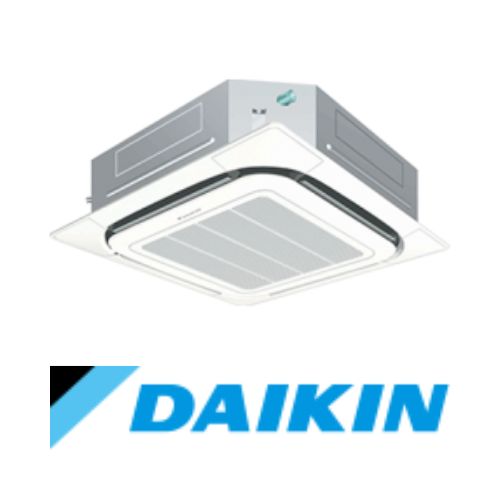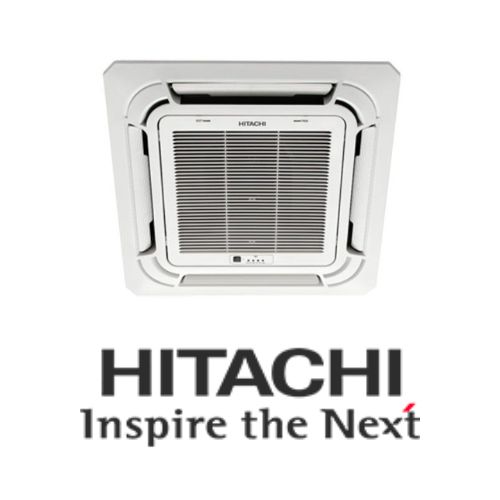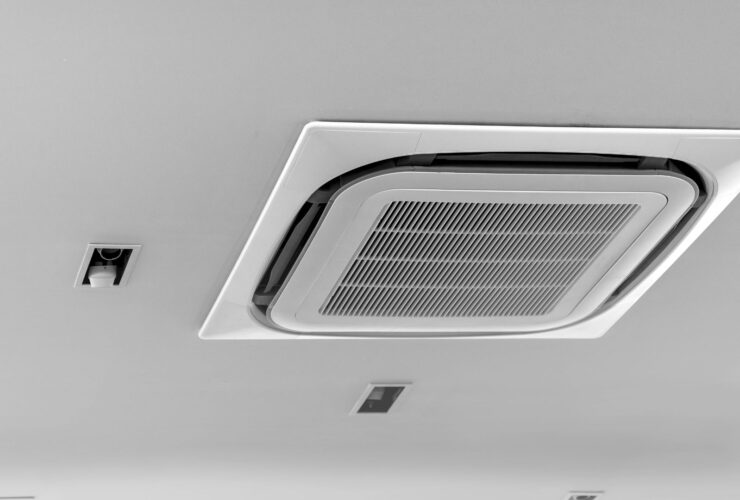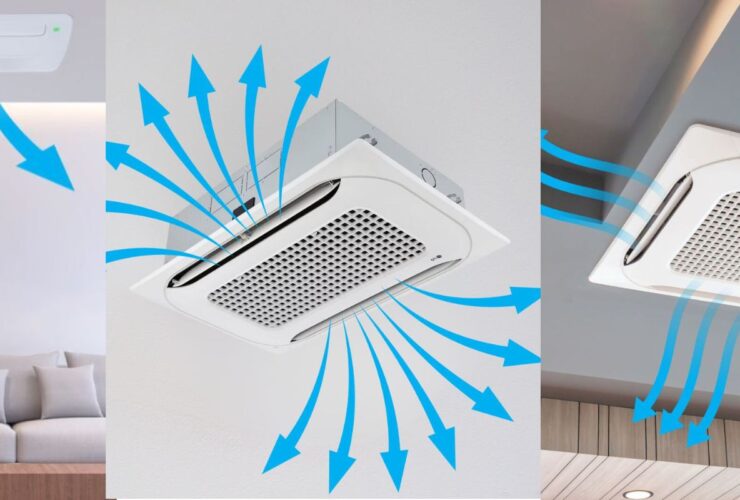CASSETTE AC BUYING GUIDE
BUYING GUIDE FOR CASSETTE AC’S
Cassette air conditioners are popular choices for commercial spaces and large rooms due to their efficient cooling, uniform airflow, and discreet installation. When purchasing a cassette AC, consider the following points to make an informed decision.
CAPACITY
The cooling capacity of an AC, measured in tonnage, determines how effectively it can cool a space. The capacity needed depends on the room size.
POWER CONSUMPTION
Energy Efficiency: Look for models with high star ratings to ensure lower power consumption and reduced electricity bills.
STAR RATING
Energy Efficiency Ratio (EER): Consider the EER rating, which indicates the cooling efficiency of the AC.
ROOM SIZE AND AIRFLOW CALCULATION
Calculate Airflow Requirements: Determine the airflow needed to effectively cool the room.
Airflow (CFM) = (Room Area × Ceiling Height × Air Changes per Hour) / 60
EXAMPLE CALCULATION
Room Size: 20 feet (length) x 15 feet (width) x 10 feet (height) = 3,000 cubic feet
TOP BRANDS CASSETTE AC IN INDIA
Visit our website or stop by our store to explore our full range of products and take advantage of our special offers and promotions. Transform your home into a haven of comfort and convenience with Rathna Cools. Thank you for choosing us as your trusted partner in home comfort solutions! We at Rathna Fan House Specialized in selling top brand Cassette AC’s
COMPRESSOR TYPE
Cassette AC’s may feature different compressor types, each offering unique advantages
KEY DIFFERENCES
COMPRESSOR TYPE
Cassette AC’s may feature different compressor types, each offering unique advantages
REASONS TO BUY CASSETTE AC
COMPRESSOR TYPE
Cassette AC’s may feature different compressor types, each offering unique advantages
CONCLUSION
When purchasing a cassette air conditioner in 2024, consider factors such as tonnage conversion, power consumption, star rating, compressor type, outline pipe quality, room size, and airflow calculation to ensure optimal cooling performance and energy efficiency. Consulting with a professional HVAC technician can help you select the right cassette AC for your specific needs and requirements.

